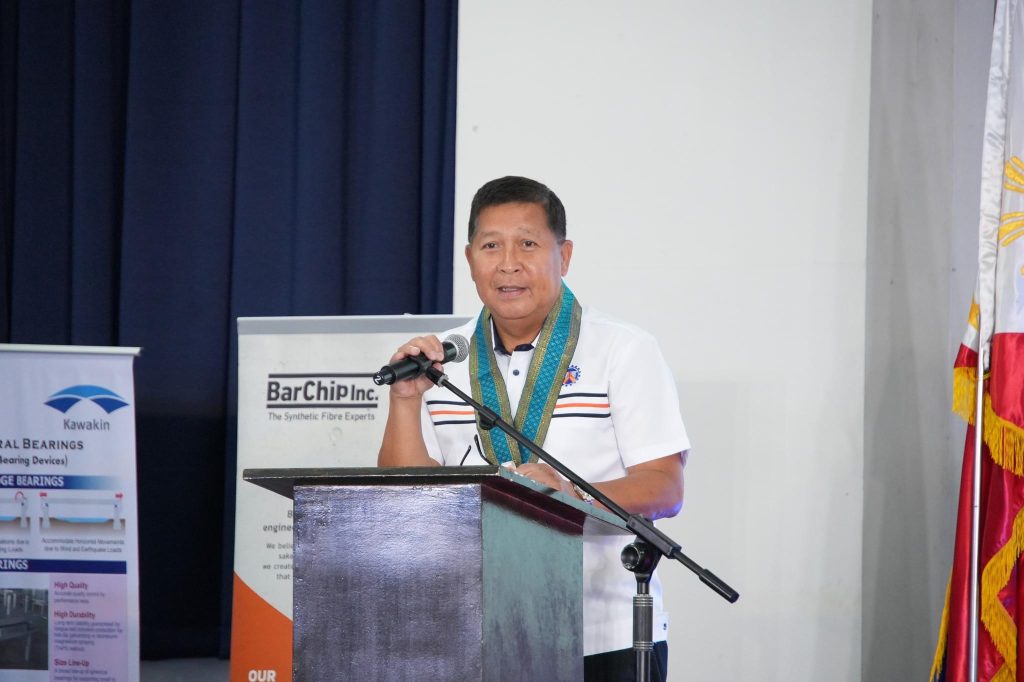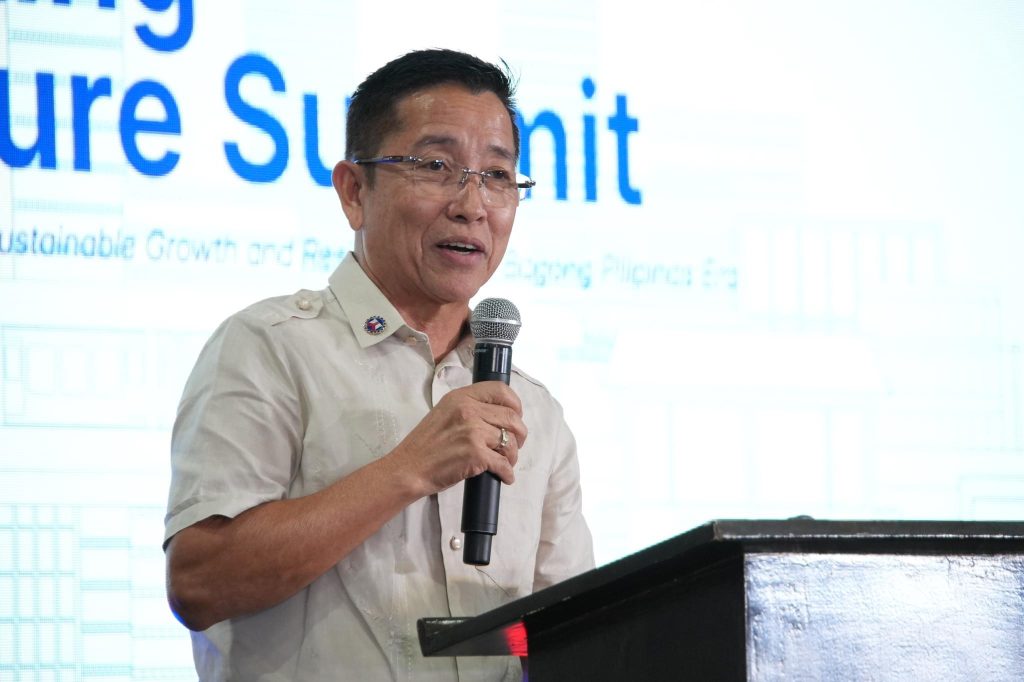
The Department of Public Works and Highways (DPWH) convened stakeholders to discuss strategies to bolster the region’s infrastructure development.
The Bagong Pilipinas Town Hall Meeting and Infrastructure Summit highlighted the government’s commitment to build a more resilient and better Central Luzon through enhanced infrastructure growth.
DPWH Regional Director Roseller Tolentino said the event reflects their commitment to develop infrastructure that not only meets current needs but also anticipates future challenges.

“Central Luzon is a key economic and agricultural hub, where infrastructure development drives progress and improves the quality of life for millions. Yet, the challenges posed by climate change, rapid urbanization, and rising extreme weather events require us to rethink our strategies. To address these challenges, we must adopt innovative solutions and strategic planning, ensuring the region is prepared for future uncertainties,” he emphasized.
As the region faces increasingly unpredictable rainfall patterns and severe flooding, there is a need to integrate advanced flood management strategies like improved drainage systems, riverbank protection, and flood control structures to minimize flooding on roads and bridges, and ensure safer, more reliable transportation networks.
“Geohazard assessment is also critical to identify risks like landslides, soil erosion, and ground subsidence. This ensures that infrastructure projects are built to withstand natural threats, protecting public investments and ensuring long-lasting safety,” he furthered.
Tolentino also cited the role of infrastructure development as a powerful catalyst for economic growth by enhancing connectivity, reducing travel times, and expanding market access, which in turn spur local businesses, attract investments, and create jobs.
For his part, DPWH Assistant Regional Director Melquiades Sto. Domingo cited the vital role of collaboration and innovation in building a resilient, sustainable Central Luzon.
“Each of us play a critical role—whether in policy-making, planning, implementation, or community engagement. The expertise and dedication shown today reaffirm our shared commitment to transforming the region into a stronger economic and agricultural hub, capable of addressing the challenges posed by climate change and urbanization,” he said.
He also challenged the stakeholders to carry the momentum from the event and turn their strategies into concrete actions that drive progress and improve the quality of life in Central Luzon.
“Together, we can build an adaptive, robust, and inclusive infrastructure network that not only meets current demands but also ensures long- term prosperity for the region,” Sto. Domingo pressed.
The event also served as an avenue for the participants to share insights, exchange ideas, and collaborate on solutions for the region’s unique challenges through the creation of an adaptive, robust, and inclusive infrastructure network that supports sustainable growth for generations to come. (CLJD/MJSC, PIA Region 3-Pampanga)